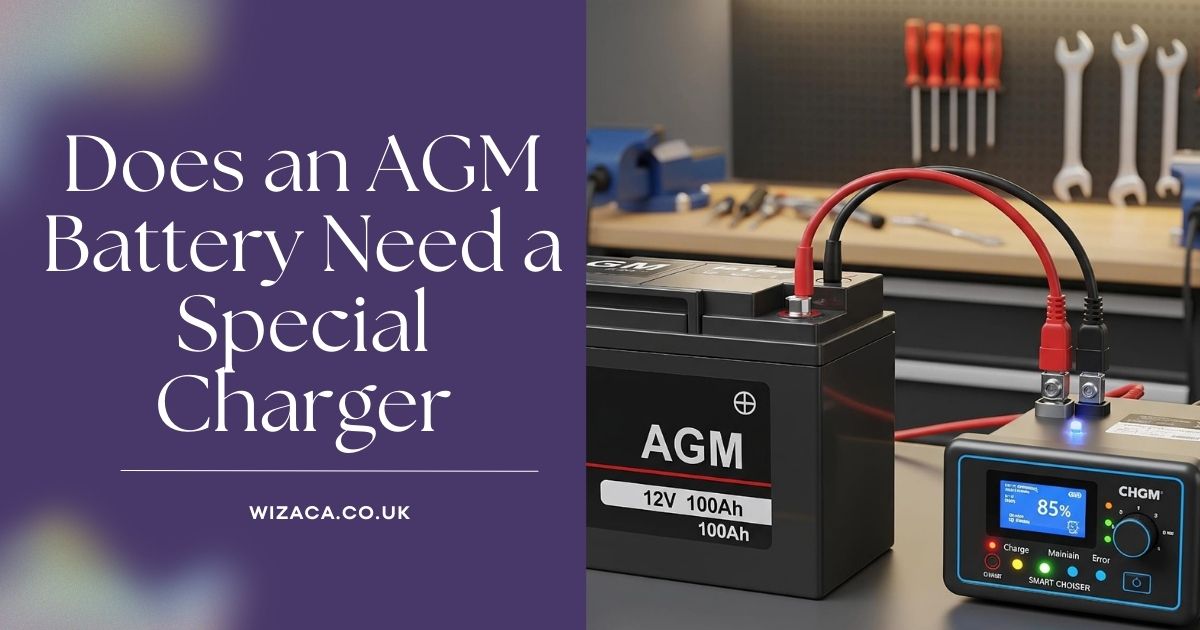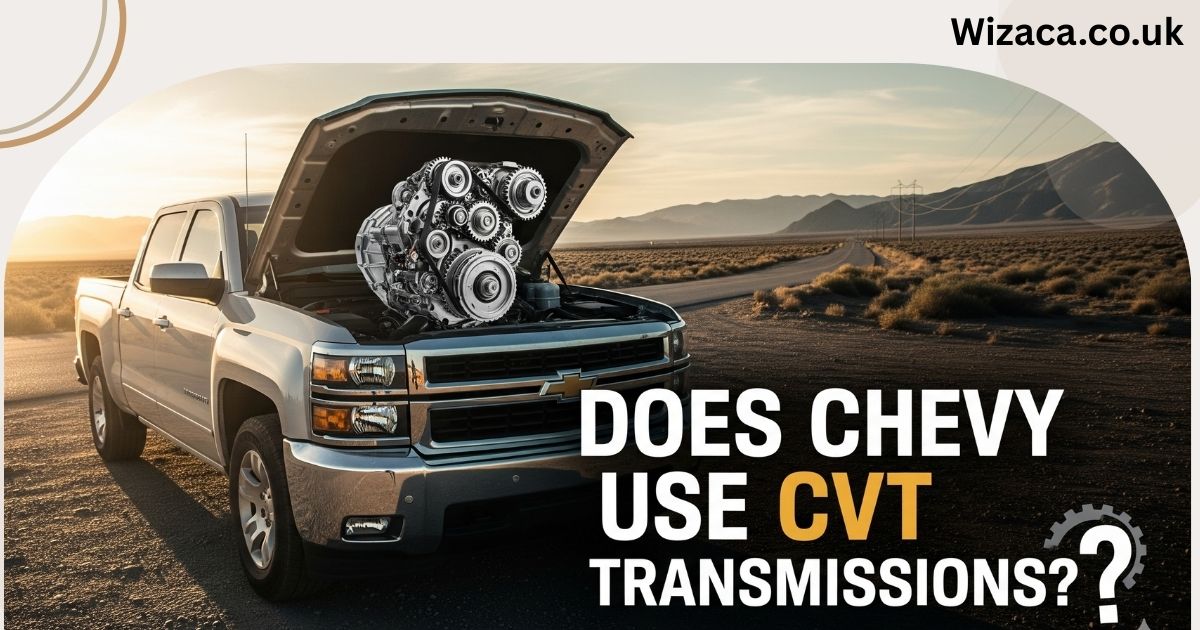Absorbent Glass Mat (AGM) batteries are a type of lead-acid battery known for their durability and efficiency, making them a popular choice in a variety of applications, from cars to power backup systems. However, many people wonder if AGM batteries require a special charger to ensure proper charging and extend their lifespan. In this article, we’ll explore whether AGM batteries need a specific charger, how to properly charge them, and what to consider when selecting a charger for your AGM battery.
What is an AGM Battery?
Before addressing the charging aspect, let’s briefly explain what an AGM battery is and how it differs from other types of batteries.
The Basics of AGM Batteries
AGM batteries are a type of sealed lead-acid battery that uses a special fiberglass mat to absorb the electrolyte, rather than having free liquid electrolyte. This design allows AGM batteries to be spill-proof, more vibration-resistant, and capable of providing higher power output in a compact form.
These batteries are commonly used in vehicles with advanced electrical systems, such as luxury cars, trucks, and boats, as well as for backup power systems and renewable energy setups.
Does an AGM Battery Need a Special Charger?
The Answer: Yes, But It Depends on the Charger
In general, an AGM battery does require a specific charger, but this depends on the type of charger you’re using. Not all lead-acid chargers are designed to properly charge AGM batteries, so it’s important to use a charger that is compatible with their unique charging needs.
Key Differences Between AGM and Standard Lead-Acid Batteries
AGM batteries have different charging characteristics compared to traditional flooded lead-acid batteries:
- Voltage Sensitivity: AGM batteries have a lower tolerance for overcharging. If they are charged at too high of a voltage, they can be damaged. This makes it essential to use a charger with the correct voltage settings.
- Charging Profile: AGM batteries require a charging profile that differs slightly from other types of lead-acid batteries. They need a charger that offers a higher initial charge rate and a lower float charge to maintain proper health without causing damage.
Do All Chargers Work with AGM Batteries?
Not all chargers are designed to handle the specific requirements of AGM batteries. Standard lead-acid chargers typically don’t provide the appropriate charging profile for AGM batteries, which can lead to overcharging or undercharging, both of which can shorten the battery’s lifespan.
However, many modern smart chargers or multi-stage chargers are capable of detecting the type of battery and adjusting the charging process accordingly. These chargers usually have settings or modes specifically for AGM batteries and can handle the proper voltage and charging stages needed for these batteries.
AGM-Compatible Chargers
When choosing a charger for your AGM battery, look for the following:
- Smart or Multi-Stage Chargers: These chargers can adjust the charging rate based on the battery’s needs, offering a tailored charging cycle that ensures the AGM battery is charged properly without risk of overcharging.
- Specific AGM Mode: Many modern chargers come with an AGM mode, which optimizes the charge profile for AGM batteries.
- Voltage Settings: Ensure that the charger is designed to charge at the correct voltage for AGM batteries, typically 14.4V to 14.7V for charging and 13.2V to 13.8V for maintaining a float charge.
How to Charge an AGM Battery
1. Select the Right Charger
- Choose a smart charger with an AGM setting or a charger specifically designed for AGM batteries. This will ensure that your battery receives the correct charge and is not overcharged or undercharged.
2. Monitor Charging Voltage
- AGM batteries require a charging voltage of around 14.4V to 14.7V for proper charging. Any higher voltage can damage the battery, while lower voltage can result in incomplete charging.
3. Avoid Overcharging
- Overcharging is one of the quickest ways to damage an AGM battery. Use a charger that has an automatic shut-off feature or one that adjusts the charge rate as needed.
4. Use a Float Charge for Maintenance
- Once the AGM battery is fully charged, it’s important to switch to a float charge mode to keep it at an optimal charge level. This keeps the battery topped off without overcharging it.
5. Check Battery Health Regularly
- AGM batteries, like all batteries, should be regularly checked for signs of wear, damage, or deterioration. If the battery is showing signs of failure (e.g., difficulty holding charge), it might need to be replaced.
Conclusion
In conclusion, an AGM battery does require a special charger to ensure it is charged properly and to prevent damage from overcharging. Standard lead-acid chargers are not ideal for AGM batteries due to their unique charging needs. Instead, choose a smart charger or a multi-stage charger that features an AGM mode to ensure your battery is charged correctly.
By using the appropriate charger and following proper charging practices, you can help maintain the health of your AGM battery and extend its lifespan, ensuring reliable performance for years to come.










